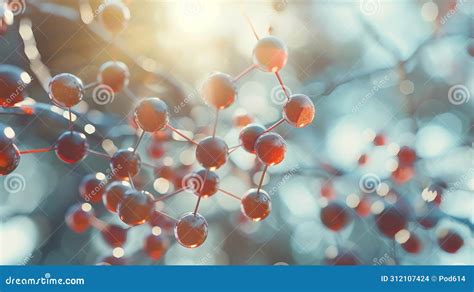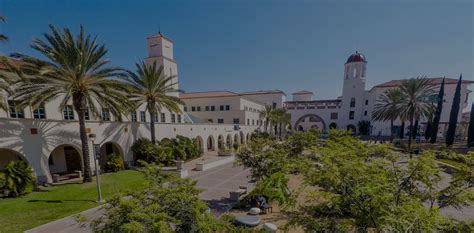Ucsd Art Guide: Mastering Mediums And Techniques
The University of California, San Diego (UCSD) is renowned for its vibrant arts scene, fostering a community of talented artists, and providing them with the tools and knowledge to excel in their craft. The UCSD Art Guide is an exhaustive resource for art students, covering a wide range of mediums and techniques. In this article, we will delve into the world of art, exploring the various mediums and techniques that artists can master to create stunning works of art.
Introduction to UCSD Art Guide
The UCSD Art Guide is designed to provide students with a comprehensive understanding of the various mediums and techniques used in art. The guide covers a range of topics, from traditional mediums like painting and sculpture to more modern techniques like digital art and photography. With a focus on hands-on learning, the guide provides students with the opportunity to experiment with different mediums and techniques, developing their skills and style.
Mediums and Techniques
Artists have a wide range of mediums and techniques to choose from, each with its unique characteristics and challenges. Some of the most popular mediums and techniques include:
- Painting: Using a variety of materials like oil, acrylic, and watercolor to create vibrant and expressive works of art.
- Sculpture: Working with materials like clay, wood, and metal to create three-dimensional pieces that explore texture, form, and space.
- Digital Art: Using software and digital tools to create stunning works of art that push the boundaries of traditional mediums.
- Photography: Capturing the world around us through the lens of a camera, using techniques like composition, lighting, and editing to create visually striking images.
Each medium and technique requires a unique set of skills and knowledge, and the UCSD Art Guide provides students with the resources and expertise needed to master them. With a focus on experimentation and creativity, the guide encourages students to push the boundaries of what is possible, exploring new mediums and techniques to create innovative and thought-provoking works of art.
Mastering the Fundamentals
Before diving into the world of art, it is essential to master the fundamentals. This includes understanding the principles of color, composition, and form, as well as developing skills in drawing and observation. The UCSD Art Guide provides students with a comprehensive introduction to these fundamentals, using a combination of lectures, demonstrations, and hands-on exercises to help students develop a strong foundation in art.
Color Theory
Color theory is a crucial aspect of art, and the UCSD Art Guide provides students with a thorough understanding of the color wheel, color harmony, and the emotional impact of color. By mastering color theory, students can create works of art that are visually striking and emotionally resonant.
| Color | Hex Code | Emotional Impact |
|---|---|---|
| Red | #FF0000 | Energy, passion, excitement |
| Blue | #0000FF | Calmness, serenity, trust |
| Green | #00FF00 | Nature, growth, harmony |
By understanding the emotional impact of color, students can create works of art that evoke powerful emotions and connections with the viewer.
Advanced Techniques and Mediums
Once students have mastered the fundamentals, they can move on to more advanced techniques and mediums. The UCSD Art Guide provides students with a comprehensive introduction to a range of advanced techniques, including:
- Printmaking: Creating multiple copies of an image using techniques like etching, lithography, and screen printing.
- Ceramics: Working with clay to create functional and decorative pieces that explore texture, form, and glaze.
- Installation Art: Creating immersive and interactive works of art that explore space, sound, and viewer experience.
Each of these advanced techniques and mediums requires a unique set of skills and knowledge, and the UCSD Art Guide provides students with the resources and expertise needed to master them. With a focus on experimentation and creativity, the guide encourages students to push the boundaries of what is possible, exploring new techniques and mediums to create innovative and thought-provoking works of art.
Installation Art
Installation art is a unique and exciting medium that allows artists to create immersive and interactive works of art. By using a combination of materials and techniques, artists can create environments that explore space, sound, and viewer experience. The UCSD Art Guide provides students with a comprehensive introduction to installation art, using a combination of lectures, demonstrations, and hands-on exercises to help students develop the skills and knowledge needed to create innovative and thought-provoking works of art.
What is the UCSD Art Guide?
+The UCSD Art Guide is a comprehensive resource for art students, covering a wide range of mediums and techniques. The guide provides students with a thorough understanding of the fundamentals of art, as well as advanced techniques and mediums.
What are some of the mediums and techniques covered in the UCSD Art Guide?
+The UCSD Art Guide covers a range of mediums and techniques, including painting, sculpture, digital art, photography, printmaking, ceramics, and installation art.
How can I get started with the UCSD Art Guide?
+To get started with the UCSD Art Guide, students can begin by reviewing the fundamentals of art, including color theory, composition, and form. From there, they can move on to more advanced techniques and mediums, using the guide as a resource to develop their skills and knowledge.
The UCSD Art Guide is an exhaustive resource for art students, covering a wide range of mediums and techniques. By mastering the fundamentals and exploring advanced techniques and mediums, students can create innovative and thought-provoking works of art that reflect their unique perspective and style. With a focus on experimentation and creativity, the guide encourages students to push the boundaries of what is possible, exploring new mediums and techniques to create stunning works of art.



